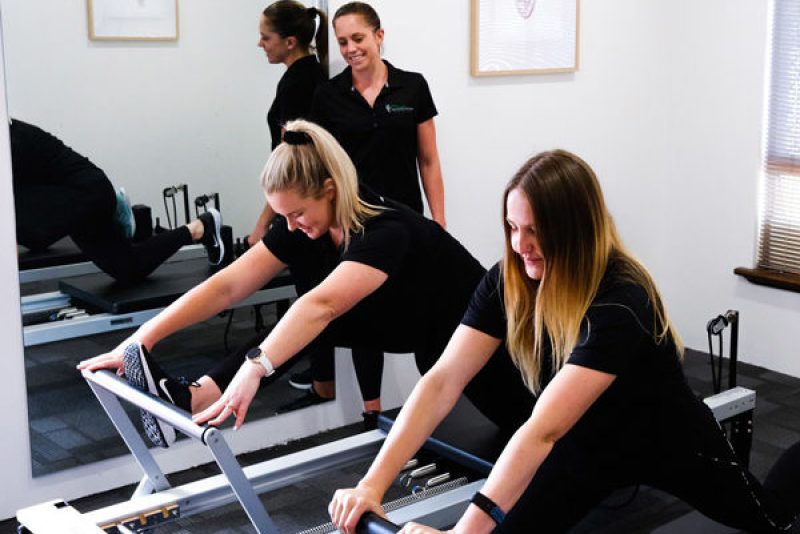The hamstring muscles are one of the most commonly injured muscles that physios see. Whether you’re a seasoned athlete or a casual fitness enthusiast, understanding the complexities of hamstring strains is crucial for maintaining peak performance and physical well-being. The winter sports season is now well and truly underway, and it’s hard enough battling the weather, let alone battling a hamstring injury as well! Let’s look at some background around hamstrings and some tips to keep them strong and healthy.
Firstly, what are hamstrings? This term describes the three muscles at the back of your thigh, running from your hips down to the knee. They consist of the biceps femoris, semimembranosus, and semitendinosus. These muscles work together to bend your knee and help your glute muscles to extend and straighten your hips. This means they are vital in various movements, such as running, jumping, and kicking. Like all muscles, the hamstrings are susceptible to strain when stretched beyond their limits, leading to microscopic tears in the muscle fibers or tendons.
Hamstring injuries often present with pain at the base of the buttock, at the back of the thigh, or behind the knee. They can be the result of an acute injury or a gradual weakening of the muscles over time.
See below for a few example causes (although it can often be a combination of these):
- Muscle imbalance between the quadriceps (at the front of the thigh) and the hamstrings (at the back) can increase strain on the hamstrings, particularly in activities that involve sudden changes in direction or speed, like AFL, soccer or netball
- Poor flexibility – tightness in the hamstring muscles reduces the ability to lengthen and absorb forces, making them more prone to injury
- Fatigue – overuse or fatigue of the muscles can compromise function and increase the risk of strains
- Previous injury – a history of lower limb injuries can weaken the muscles and increase the likelihood of future injuries if not properly rehabilitated
If these causes and pain sound familiar, you’re probably wondering what next. Well, that’s where physiotherapy rehabilitation comes into play. See some examples of how to address these causes below:
- Strengthen your hamstrings with the following exercises:
- Glute bridges or Chinese bridge
- Hamstring curls with a fit ball, machine, or cables,
- Romanian deadlift or arabesque
- Increase stretching time through the hamstrings and nearby muscles, including the quadriceps, glutes and calves
- Ensure you have rest between activities and you are recovering properly with sleep, nutrition and massage/foam rolling
- Complete all rehab as directed by your physiotherapist

